Match the Hatch for the Catch!
You may have heard more seasoned fishermen use the phrase “match the hatch”. What it means is do your homework. You can’t use any old lure. Seldom are sale items worth your time..
The remedy of fish having private lives below the water is to understand a few things. First, what fish are in the particular body of water you are fishing? Do you know what you’re after? What species? Also, you need to know where they live.
We gathered a list of seven common bass forage species across the United States. We wrote up where they live, how to imitate them, and when the bass feed on them.
Crayfish Lures
Where They Live:
Crayfish live in almost all bodies of freshwater found across the country. The US has more than 330 species.
You can find them in rocky areas and underwater plant concentrations.
When to Find Them
You can use a crayfish imitator at any time of year. But they are quite lethal from March to May (pre-spawn).
This is when the larger bass females fatten-up on them. Their shells provide extra minerals and nutrients.
Match the Hatch:
Crankbaits in greens, browns, reds and skirted jigs make the best crayfish imitators. Their colors vary by season and location. They come in red, brown, green and sometimes blue.
If you turn over some rocks or drag your net through vegetation, you’ll find out what color crayfish you need.
This way you can pick crayfish lure that works best.

Bluegill Lures
Where They Live:
Bluegills are one of a diverse array of sunfish. Like the crayfish, native to almost all freshwater in the country.
They are about 5-8 inches long. They live in shoreline vegetation and sheltered areas.
When to Find Them
You can use a bluefish imitator at almost any time of year, just like crayfish. Be sure you’re actually using them in areas bluegills live.
Bass love feeding on bluegills during their spawning season. This happens a month after the local bass spawn.
Match the hatch:
You can find bluegill beds on the bottom of the lake.
You’ll know you’ve found them by the unmistakable dimples in the lake bottom. These dimples like the surface of a golf ball indicate there is a cluster of bluegills.
The best choices are bluegill pattern square bills, swim-jigs, green pumpkin vibrating jigs. Even swimbaits do a great job attracting bluegill-hungry bass.

Shad Lures
Where They Live:
Shad are around 2 to 12 inches long, silvery in color, and move around in large schools. They travel around in the open waters of most rivers and reservoirs.
You won’t find them in natural lakes and rarely found in the north.
When You Can Find Them:
If you are fishing bass in rivers or reservoirs, they are likely feeding on shad. They feast on them in April and May, and in the winter where the water stays warm.
Sudden drops in temperature will kill shad en-masse.
Match the hatch:
Try some of these for best success:
- Shad pattern minnow baits and crankbaits,
- White bucktail jigs
- Soft plastic jerkbaits
- Walking topwaters
Shad are of many sizes. If you find some, try to select baits close to the same size.
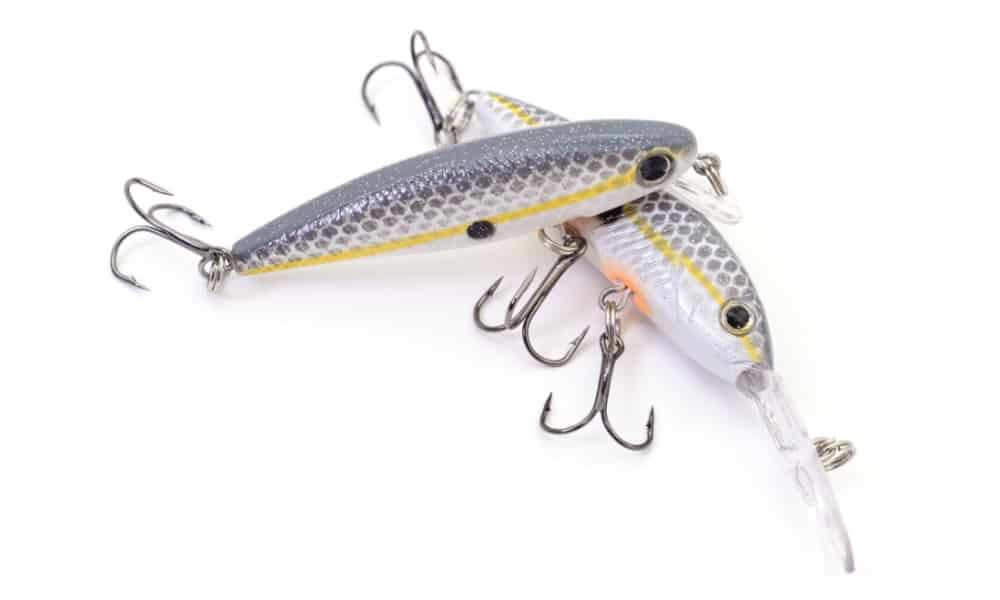
Yellow Perch Lures
Where They Live:
Sometimes known as the “shad of the north.” Yellow perch are a major food source in many northern natural lakes.
They are cylindrical in shape and are about 3 to 8 inches long. They have a typical pattern of green to yellow to orange.
When You Can Find Them:
In lakes that have them, yellow perch are a good food source for bass all year long. Bass become especially fond of them from midsummer through fall. Then they form massive schools and roam along the outside edges of deep weeds.
Match the Hatch:
Like shad, many crankbaits, and minnow baits come in yellow perch patterns. Swimbaits, grubs, and tubes popped along the bottom also make excellent perch imitators. If you suspect the bass in your area are feeding on yellow perch but don’t have any perch imitators. Try painting an orange throat and green bars on the side of any shad colored bait – instant perch.
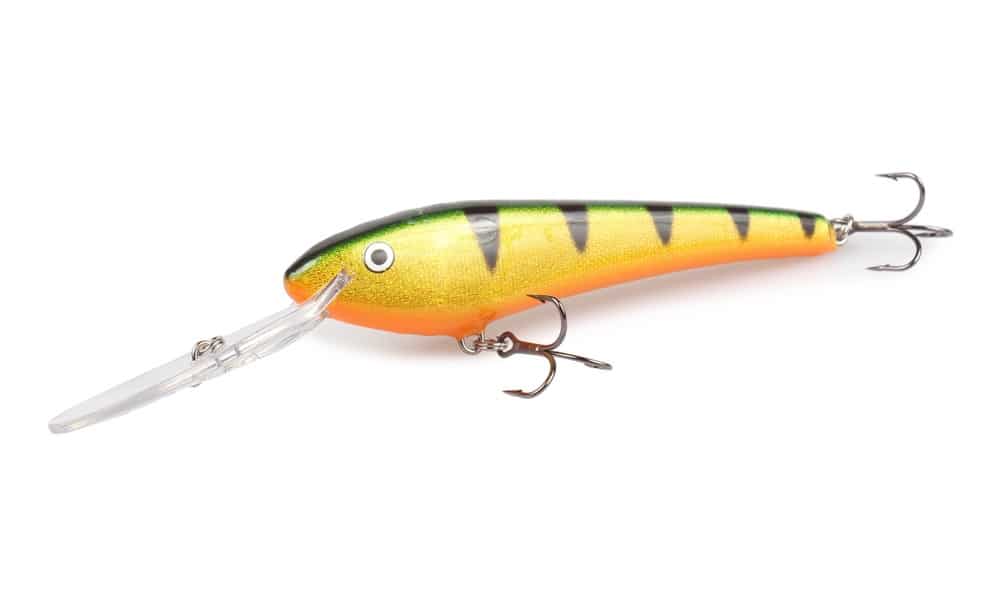
Mayfly Lures
Where They Live:
Mayflies are small, winged insects that resemble dragonflies and inhabit most rivers, ponds, and reservoirs. During their spectacular hatches millions of larvae hatch over a few days, mate, and die. They clutter the water with dead insects.
When You Can Find Them:
Mayfly hatches can occur from April throughout the summer depending on the species. Many species do not hatch every year, and thus hatches are not always predictable.
Match the Hatch:
Mayfly hatches are notorious for bringing poor fishing. Oftentimes, the bigger the hatch, the poorer the bite will be. The reason for that is that all species of fish gorge on the mayflies where they no longer feed on anything else. Don’t get discouraged though. You can still catch bass when they are not feeding, you’ve got to trigger reaction strikes.
To do so, the name of the game is speed. Flipping and pitching with a heavy weight, or burning a crankbait or spinnerbait is a great way to capitalize during a mayfly hatch.
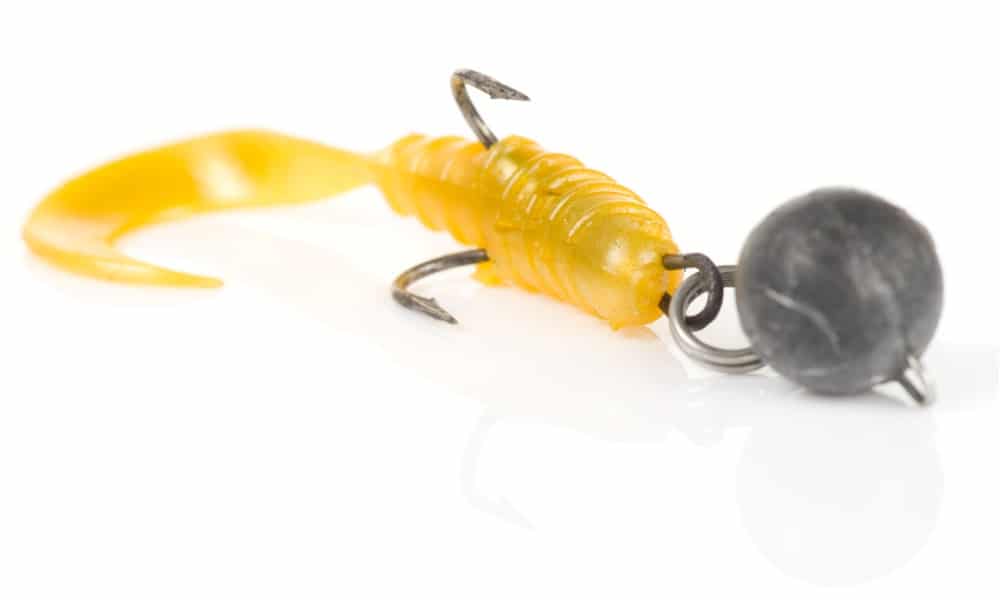
Frog Lures
Where They Live:
These little web-footed amphibians inhabit all shoreline habitats but prefer areas of vegetation. They especially like lily pad fields and marshy areas.
When You Can Find Them:
A hungry bass will seldom turn down a frog swimming over their heads. But the peak time to capitalize on the frog bite is from midsummer to early fall. This is when the frog population is at its seasonal highest. Vegetation growth allows them to be most comfortable in the water.
Match the Hatch:
A good chunk of the tackle industry is dedicated to frog imitation. Both hollow-bodied and soft plastic buzz toads always attract Kermit-loving bass.
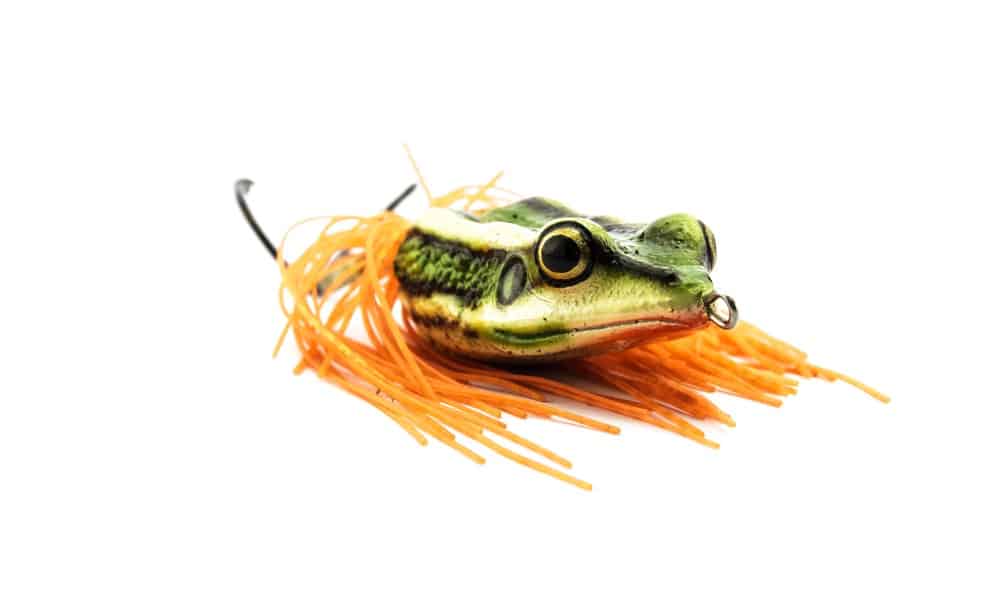
Goby Lures
Where They Live:
Introduced as an invasive species to the Great Lakes in the late 1980’s, the round goby was originally from the Caspain Sea. It has since taken over as the predominant bottom fish species throughout the system even beginning to creep up tributaries into other parts of the Great Lakes watershed.
When You Can Find Them:
Gobies are a primary food source for all Great Lakes game fish species. They can be used from ice-out all the way through the season.
Match the Hatch:
Because they are bottom feeders, gobies do not have swim bladders and cannot stay off the bottom for long. Primary presentations for mimicking the goby include a drop shot paired to a goby or round headed plastic, a green pumpkin or copper tube jig, and a football jig. Because they don’t have a swim bladder, they are always darting up off the bottom to feed, then falling back down. Hop or stroke your bait a foot off the bottom, then let it fall. This is a great way to recreate this natural action and can result in some violent strikes.
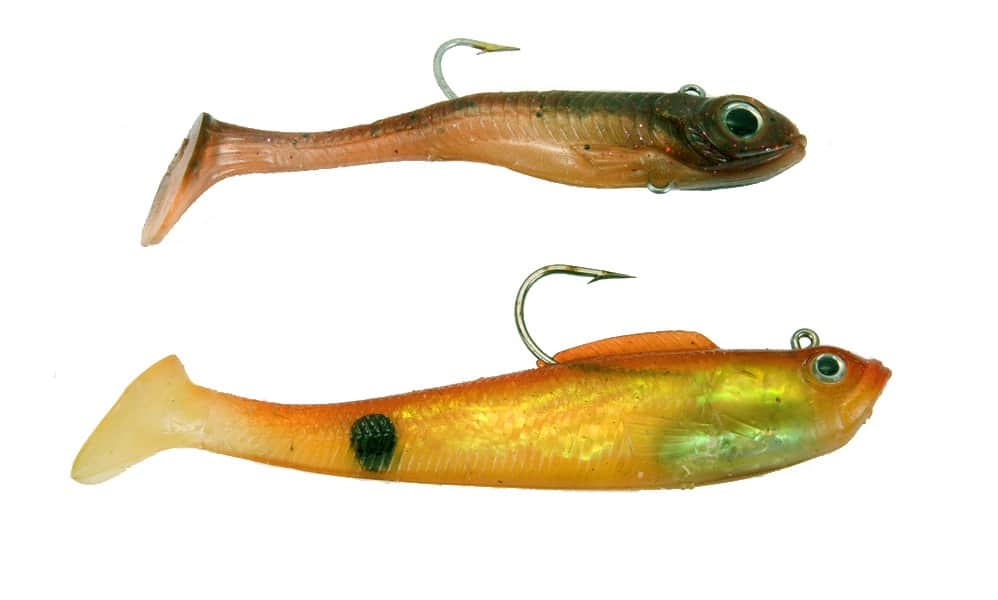
Xclusive Pro Bass
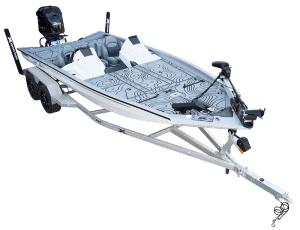
Xclusive Pro Bass
Xclusive has it all, looks, fishability, storage, comfort, and – most importantly – performance.
Xplorer Bass

XP7 Bass
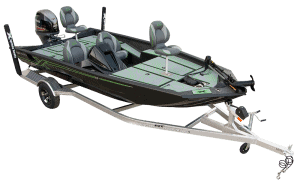
XP7 Bass
This feature rich boat has been designed for the angler wanting all of the essentials wrapped up in a conservative budget.


